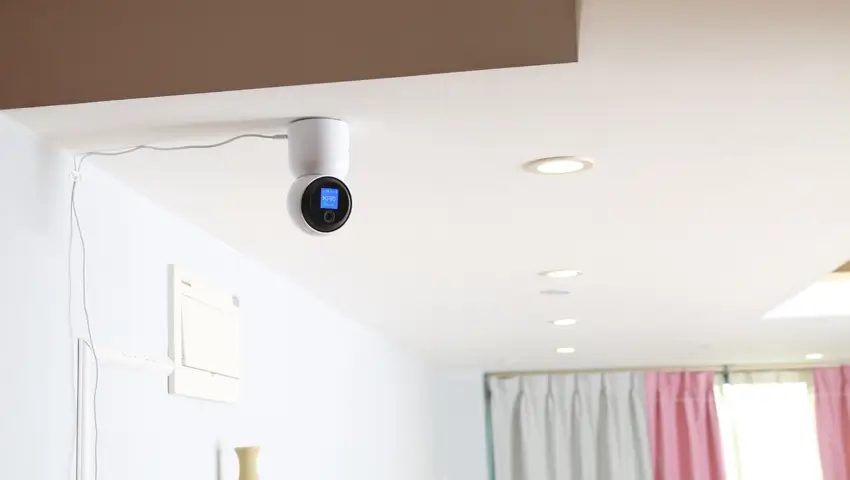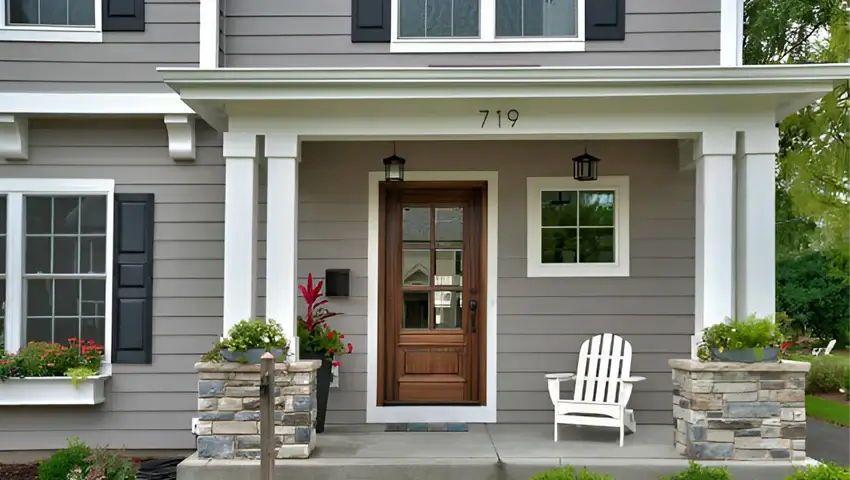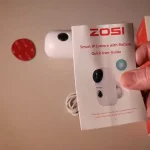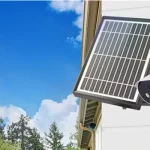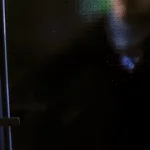While bypassing a garage door sensor might seem like a quick fix, it’s important to weigh the potential safety risks against the immediate convenience. Garage door sensors play a crucial role in ensuring the safety and proper functioning of your garage door system. These sensors are designed to detect objects in the door’s path, preventing accidents or damage. However, in some situations, you might find yourself needing to bypass the garage door sensor. Whether the sensor is malfunctioning or you’re trying to temporarily work around an issue, understanding the risks and correct process is important.
In this article, we’ll explore what bypassing a garage door sensor means, why people do it, and how to do it safely. We’ll also discuss the potential risks involved and the best alternatives to consider.
Contents
What is a Garage Door Sensor?
A garage door sensor is a safety feature that detects obstructions in the path of a closing garage door. It helps prevent the door from closing on vehicles, pets, or people. Most modern garage doors are equipped with two sensors:
- Safety Sensors: These detect if something is blocking the door’s path and prevent the door from closing.
- Security Sensors: These connect to the garage door opener to ensure the door is properly aligned and functioning.
When these sensors fail to operate correctly, the garage door may not function as it should, leading to the need for a bypass.
Reasons for Bypassing a Garage Door Sensor
Bypassing a garage door sensor is generally only done in emergency or temporary situations. Common reasons for bypassing include:
- Faulty Sensors: A malfunctioning sensor can prevent the door from closing properly.
- Interference: Dust, debris, or misalignment can cause the sensor to stop working.
- Maintenance or Repair Needs: You may need to bypass the sensor temporarily to open or close the door while waiting for a repair.
Note: Bypassing the sensor should only be a temporary solution, as continued use without a functional sensor can lead to safety issues.
How to Bypass a Garage Door Sensor (Step-by-Step)
Before you attempt to bypass a garage door sensor, it’s important to follow a few safety precautions to avoid accidents:
1. Safety First:
- Ensure no one is near the garage door while you work on it.
- Disconnect the garage door opener from the power supply to avoid accidental activation.
2. Step-by-Step Process:
- For Wireless Sensors: Check the wiring and connections of the sensor. Disconnect the sensor by unplugging the wires connected to the sensor (consult your manual for exact instructions). This will temporarily disable the sensor.
- For Wired Sensors: If the sensor is wired, you can temporarily bypass it by bridging the connection between the two sensor wires with a piece of wire or electrical tape. This can trick the system into thinking the sensor is working.
- Using the Manual Release: If you’re unable to bypass the sensor directly, you can use the manual release mechanism on the garage door opener to operate the door without the sensor’s involvement.
3. Testing:
After bypassing the sensor, manually close and open the door to ensure it works without obstruction.
4. Reminder:
Always restore the sensor to its normal operating condition as soon as possible to avoid safety issues.
Risks and Drawbacks of Bypassing a Garage Door Sensor
Bypassing your garage door sensor is not a recommended permanent solution due to the following risks:
- Safety Hazards: If the sensor is bypassed, the door may not detect obstacles in its path, potentially leading to damage or injury.
- Legal Considerations: In some areas, tampering with garage door sensors may violate local safety codes or regulations.
- Damage to the System: Prolonged bypassing can put undue strain on the door and opener mechanism, leading to long-term damage.
To better secure your garage area and home, it’s important to rely on a comprehensive security system. ZOSI’s 5MP Wi-Fi 6 Pan & Tilt Security Camera offers an advanced surveillance solution, allowing you to monitor the entrance and surroundings of your garage area. With its 355° pan and 140° tilt, it ensures you have a full view of your driveway, enhancing your home’s security while waiting for sensor repairs or replacement. It’s a great addition to any home security setup, ensuring that you’re always aware of what’s happening around your garage, even if the sensor is temporarily bypassed.
4K/5MP Pan-Tilt Wi-Fi 6 Camera Systems - C296 Series
- 4K/5MP Super HD
- Color Night Vision
- Human Auto Tracking
- Person Vehicle Detection
- Spotlight & Sound Siren
- Two-way Audio
- Present Points
- Customized Alerts
- Detection Zone
- HDD Storage
Alternatives to Bypassing a Sensor
Rather than bypassing the sensor, it’s better to consider these alternatives:
- Repair or Replace the Sensor: If the sensor is malfunctioning, the best option is to repair or replace it. You can either do it yourself if you’re handy, or hire a professional.
- Professional Help: If you’re unable to identify the problem with the sensor, a professional technician can diagnose the issue and fix it safely.
- Regular Maintenance: Keep your sensors clean, aligned, and free from dust and debris to prevent future malfunctions.
Conclusion
While bypassing a garage door sensor may seem like a quick fix, it comes with risks and should only be done temporarily. The best course of action is to repair or replace any malfunctioning sensors to ensure the safety and functionality of your garage door. Always prioritize professional help if you’re unsure about any repair or bypass process. Keeping your sensors in top shape will help prevent the need for bypassing and keep your home safe.
